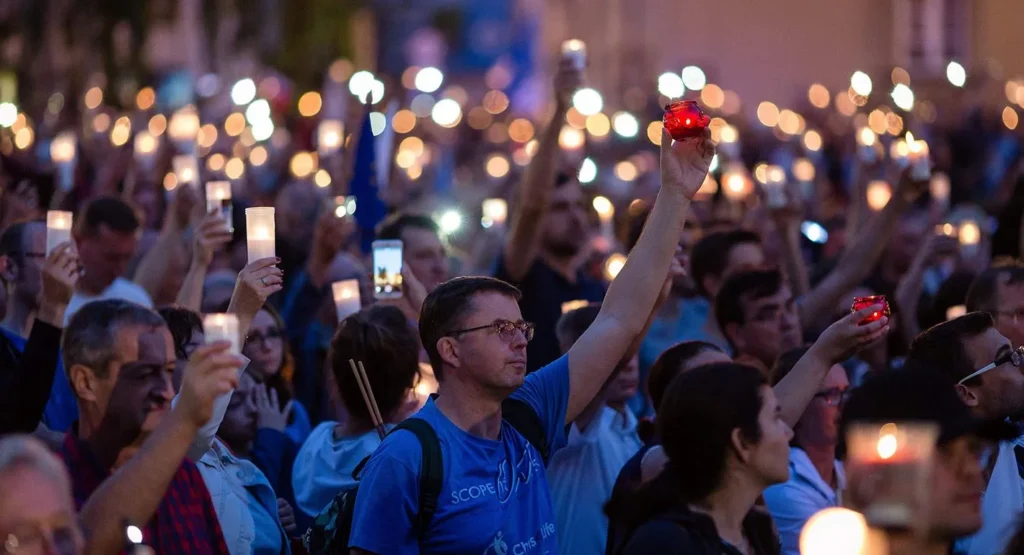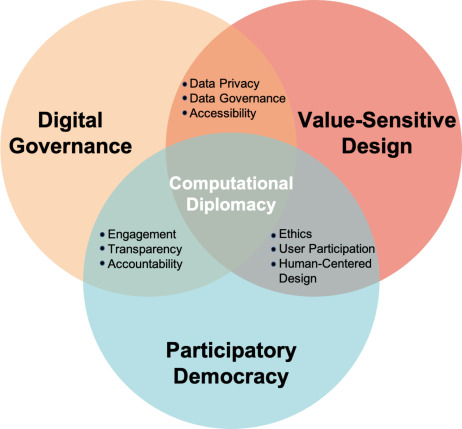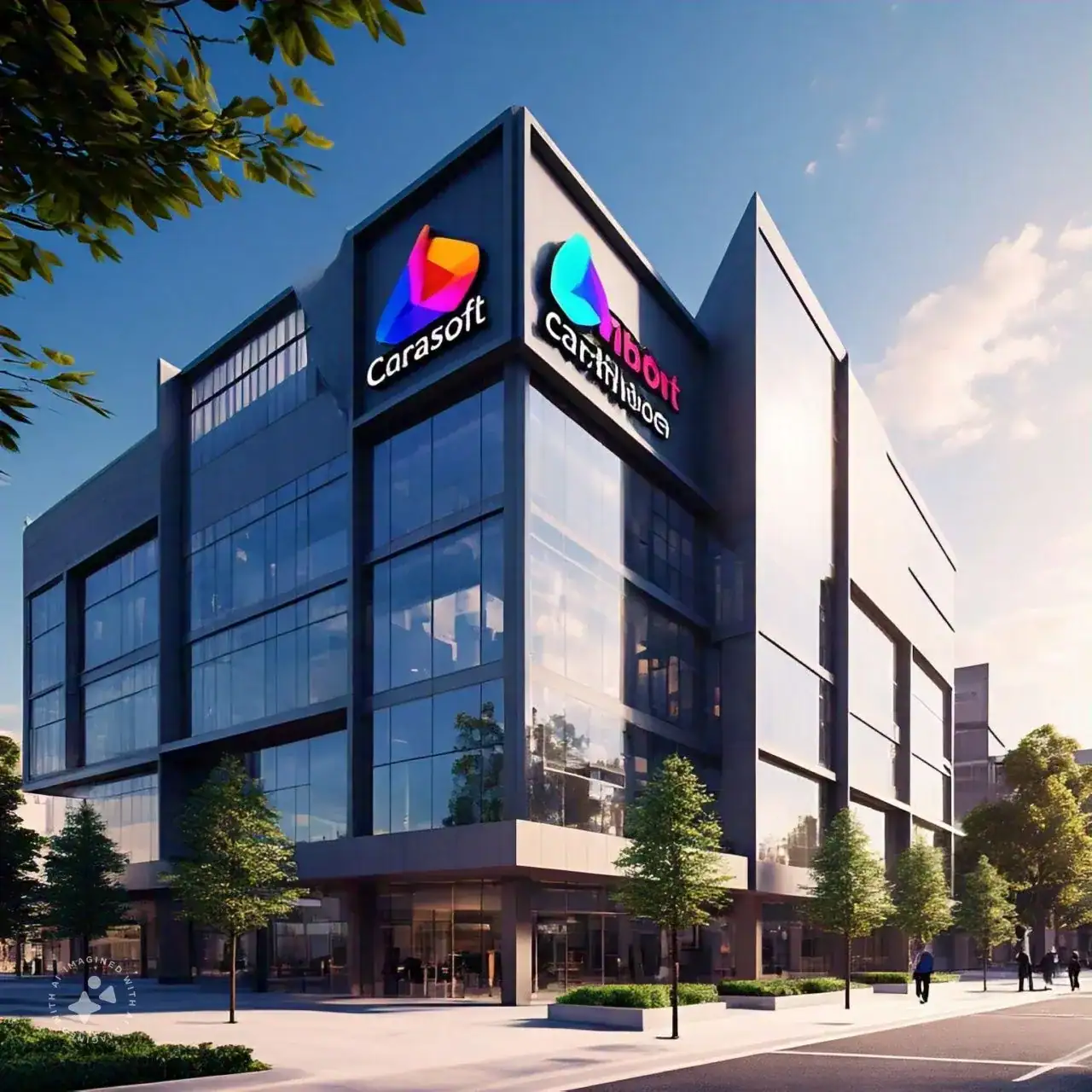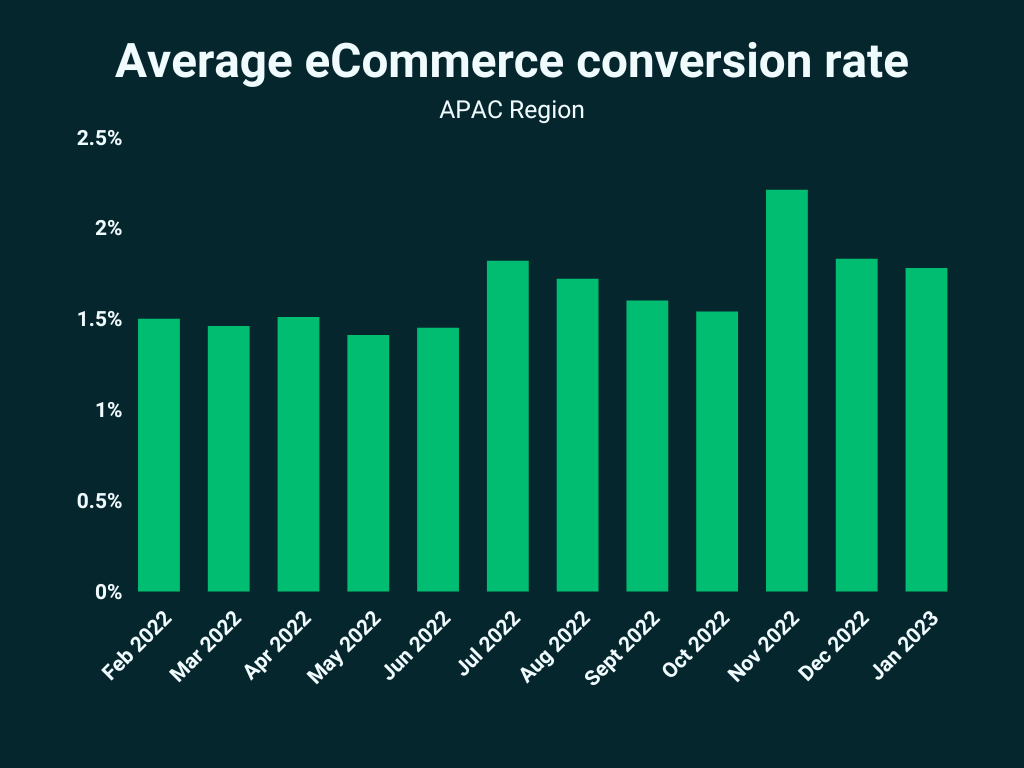Understanding the Flat Election Trend
The Flat Election Phenomenon are the lifeblood of democratic societies, serving as a critical mechanism through which citizens express their political preferences and shape the future of their communities. In recent years, however, a new phenomenon has emerged: the “flat election.” This term refers to elections characterized by low voter turnout, minimal public engagement, and a general sense of apathy towards the political process. In this article, we will delve into the factors contributing to flat elections, their implications for democracy, and strategies to invigorate civic participation.
The Anatomy of a Flat Election
Flat elections are marked by several key indicators:
- Low Voter Turnout: One of the most glaring signs of a flat election is a significant drop in the number of individuals casting their votes. For instance, in recent local elections, some municipalities have seen turnout rates dip below 30%.
- Lack of Campaign Enthusiasm: Candidates often struggle to generate excitement around their campaigns. This can result in uninspiring rallies, minimal advertising, and a general disinterest from both candidates and voters.
- Limited Media Coverage: The media plays a crucial role in shaping public perception and engagement in elections. Flat elections often receive scant coverage, which further perpetuates voter apathy.
- Disconnection from Issues: Many voters feel that their concerns are not being addressed by candidates, leading to a sense of disconnection and disengagement from the electoral process.
The Causes of Flat Elections
Understanding the reasons behind flat elections is essential for addressing the issue. Several factors contribute to this worrying trend:
1. Voter Disillusionment
Many voters today feel disenchanted with the political system. Corruption scandals, broken promises, and perceived ineffectiveness can lead to a lack of trust in candidates and parties. This disillusionment often results in a belief that voting is futile, as the outcome seems predetermined or uninspiring.
Case Study: The Impact of Scandals
Take, for example, the fallout from high-profile corruption scandals in various countries. These events often lead to a significant decrease in voter turnout as individuals become increasingly skeptical about the integrity of the political process. When voters witness officials engaging in unethical behavior, it fosters a climate of cynicism that can last for generations.
2. Polarization and Partisanship
The current political landscape is marked by extreme polarization. Many citizens feel that their voices are drowned out by extreme partisan rhetoric, making them less likely to participate in elections that seem to cater only to the extremes. The division creates a “my side vs. your side” mentality, discouraging collaboration and mutual understanding.
Social Media’s Role
Social media has played a significant role in exacerbating this polarization. Algorithms that prioritize sensational content often amplify extreme viewpoints, creating echo chambers that further alienate moderates. As a result, many individuals feel disillusioned and disengaged from the electoral process.
3. Civic Education Gaps
A lack of civic education can lead to a poorly informed electorate. When citizens do not understand how their local government functions or the significance of their vote, they are less likely to participate in elections.
The Importance of Civic Curriculum
Many education systems have neglected to include comprehensive civic education in their curricula. Schools often prioritize standardized testing in subjects like math and science, leaving little room for teaching students about their rights and responsibilities as citizens. Reinvigorating civic education can empower young people and lay the groundwork for future engagement.
4. Barriers to Voting
Structural barriers, such as complicated registration processes, limited access to polling places, and restrictive voting laws, can deter individuals from participating in elections. These barriers disproportionately affect marginalized communities, leading to an uneven representation in the electoral process.
Examples of Barriers
In many states, strict voter ID laws and purging of voter rolls can disenfranchise eligible voters. Additionally, polling places in low-income neighborhoods may be fewer and farther apart, leading to long lines and increased difficulty for those with limited mobility or transportation options.
The Implications of Flat Elections
The ramifications of flat elections extend far beyond low turnout numbers. A disengaged electorate poses significant threats to the democratic process:
1. Weakening of Democratic Institutions
Flat elections can weaken democratic institutions by reducing accountability. When fewer people vote, elected officials may feel less compelled to respond to the needs of their constituents, knowing that their positions are secured by a small, possibly unrepresentative, voter base.
Consequences for Policy Making
This lack of accountability can lead to policy decisions that do not reflect the will of the broader population, exacerbating societal inequalities and further alienating citizens from the political process.
2. Erosion of Public Trust
A decline in civic engagement can erode public trust in government. When citizens feel that their participation does not matter, it diminishes their belief in the democratic process, further exacerbating the cycle of disconnection and apathy.
The Long-Term Effects
Over time, a lack of trust in government can result in lower compliance with laws and regulations, as citizens become disillusioned and view government as an adversary rather than a partner in civic life.
3. Limited Policy Innovation
With fewer voices contributing to the political discourse, important issues may go unaddressed. A flat election can result in a lack of diverse perspectives in policy-making, hindering innovation and effective governance.
The Need for Diverse Perspectives
When only a narrow segment of the population participates in elections, the resulting policies may fail to address the needs of underrepresented communities, perpetuating cycles of poverty and disadvantage.
Revitalizing Democracy: Strategies to Combat Flat Elections

To counteract the trend of flat elections, it is essential to implement strategies that encourage civic participation and re-engage the electorate.
1. Enhancing Voter Education
Investing in civic education is crucial. Schools, community organizations, and local governments can work together to educate citizens about the electoral process, the significance of their votes, and the issues at stake. Workshops, informational sessions, and online resources can empower voters to make informed decisions.
Community Workshops
Local organizations can hold workshops that not only teach citizens about the voting process but also provide information on the candidates and their positions. By making this information accessible and engaging, communities can foster a more informed electorate.
2. Simplifying Voting Processes
Reducing barriers to voting is essential for increasing turnout. This includes streamlining voter registration, expanding early voting options, and ensuring accessibility for individuals with disabilities. Moreover, governments should consider implementing automatic voter registration to facilitate participation.
Examples of Successful Reforms
Some countries have successfully implemented automatic voter registration, resulting in significant increases in voter turnout. Similarly, allowing online registration and same-day registration can remove unnecessary barriers and encourage participation.
3. Fostering Community Engagement
Building a sense of community can invigorate interest in local elections. Initiatives that encourage dialogue between candidates and constituents—such as town halls and community forums—can help bridge the gap between voters and elected officials.
Candidate Meet-and-Greets
Organizing informal gatherings where candidates can meet with constituents in relaxed settings can foster trust and transparency. These events provide an opportunity for voters to ask questions and express their concerns directly.
4. Utilizing Technology and Social Media
The rise of digital communication presents a unique opportunity to engage voters. Candidates and civic organizations can leverage social media platforms to reach a broader audience, share information, and inspire action. Creative campaigns that harness technology can make voting more accessible and appealing, particularly to younger generations.
Innovative Campaign Strategies
Using platforms like Instagram and TikTok, candidates can create engaging content that resonates with younger voters. Gamifying the voting process or creating challenges that encourage civic engagement can also be effective strategies.
5. Promoting Inclusivity
To combat flat elections, it is vital to ensure that all voices are heard. Efforts should be made to engage marginalized communities through targeted outreach and inclusive practices. This can include language access services, culturally relevant messaging, and partnerships with community organizations.
Grassroots Movements
Grassroots movements can play a crucial role in amplifying underrepresented voices. By empowering local leaders to mobilize their communities, these initiatives can create a more inclusive political environment.
Conclusion: A Call to Action
The phenomenon of flat elections poses a significant threat to the health of democracies worldwide. However, by understanding the underlying causes and implementing targeted strategies, we can revitalize civic engagement and ensure that every voice is heard.
It is essential for citizens, candidates, and institutions alike to recognize the importance of participation in the democratic process. Every vote matters, and every voice counts. Together, we can transform flat elections into vibrant showcases of democracy, where the power of participation reigns supreme.
As we move forward, let us commit to fostering an environment that encourages engagement, inclusivity, and enthusiasm for the electoral process. The future of our democracy depends on it.
The Path Forward
In the face of flat elections, a collaborative effort from all stakeholders—citizens, government officials, educators, and civil society—is paramount. The revitalization of our democratic processes requires a shared commitment to enhancing civic engagement and ensuring that our political systems reflect the voices of all citizens.
Creating a Culture of Participation
Building a culture of participation can take time and effort, but the rewards are immeasurable. As we work together to re-engage our communities, we can pave the way for a more vibrant, representative, and effective democracy.
Final Thoughts
In a world where engagement seems to dwindle, it is essential to remind ourselves of the power of participation. By actively choosing to engage in the democratic process, we can influence the trajectory of our communities, our nations, and our world. The time to act is now—let us not allow flat elections to define our future.for more details please visit networksights.com














Leave a Reply